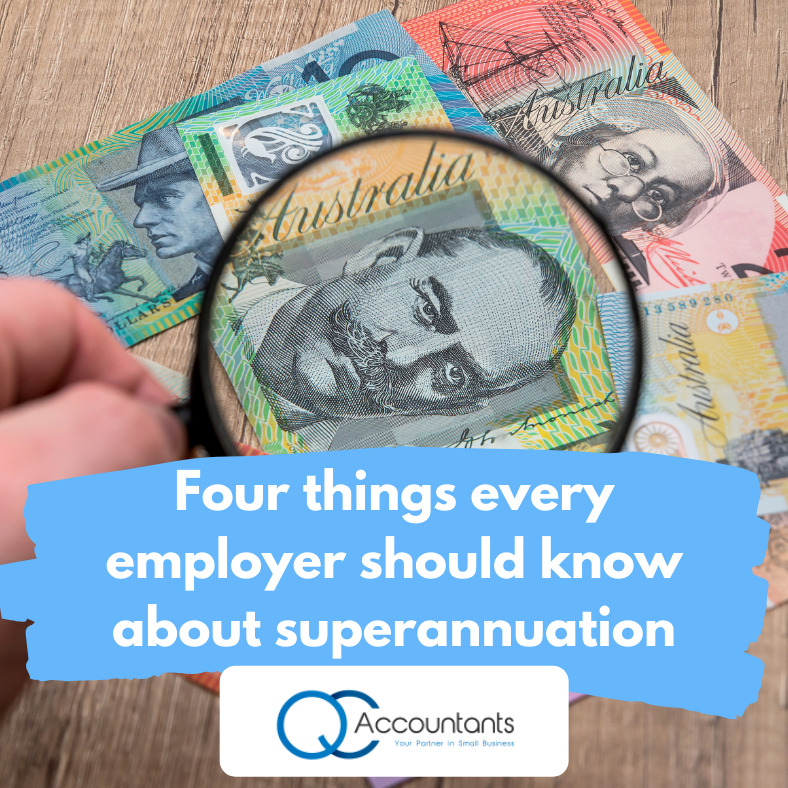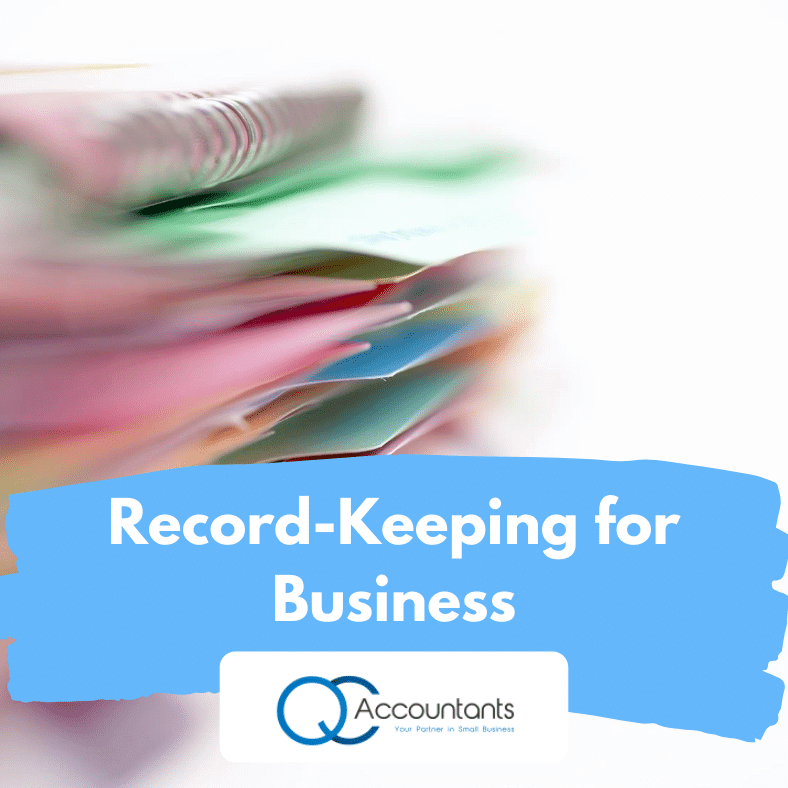New QBCC Reporting Changes & Requirements

The QBCC (Queensland Building and Construction Commission) has recently updated their accounting regulations for QBCC licensees when changing their maximum turnover limits. The changes to their regulations are designed to tighten the rules around the accounting records that can be provided to the QBCC via Minimum Financial Requirements (MFR) Reports. In short, the changes require […]
AFSL financial reporting requirements

As a holder of an AFSL, there are certain financial reporting requirements you must meet, including solvency, net tangible asset, and cash needs requirements, as outlined in the RG166. In this article, we look at these requirements and how to lodge your general purpose financial statement (GPFS), FS70, and FS71, in order to ensure AFSL […]
How to get a good start in the new year

When it comes to preparing your business to hit the ground running in the new year, the best thing you can do is speak to your accountant. They know the ins and outs of how to properly prepare your business for the new year, whether you close for the holiday period, or if this is […]
Four things every employer should know about superannuation

If you are an employer, your superannuation is a huge part of the payroll process. Superannuation payments are often overlooked when cash flow gets tight or when internal processes aren’t in place to handle it. Super needs to be paid on time, every month. If not paid on time, you run the risk of encountering […]
Making the most of the $150k Asset Write Off

The Australian Government has been helpful in the Covid19 crises, and so far announced multiple packages on how to help SME businesses. One of them is an instant $150k Asset Write Off which came into effect in March and has been extended until 31st December 2020. What is an instant asset write off? According to […]
Record-Keeping Requirements for Business

The start of the financial year is a great time to review and understand the requirements of record-keeping for business. If you can stay on top of your record-keeping throughout the year, you’ll have less of a headache come tax time next year. Not only that, but sound record-keeping in your business will enable better […]
QBCC Requires Annual Reporting

The Annual Reporting requirement is part of the new reporting requirements that the QBCC introduced in the 1 April 2019 legalisation changes. The Annual Report The Annual Report asks each licensee to provide the QBCC with Financial Information (essential profit & loss and balance sheet information) from the most recent financial year – for most […]







